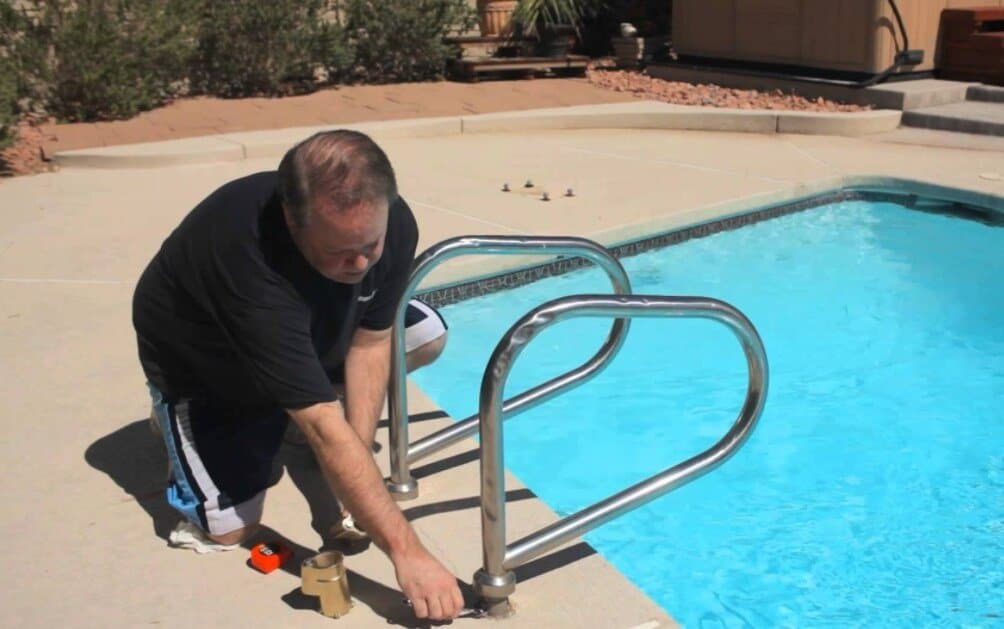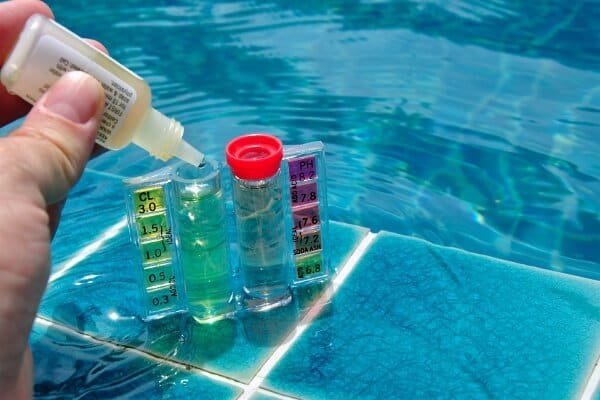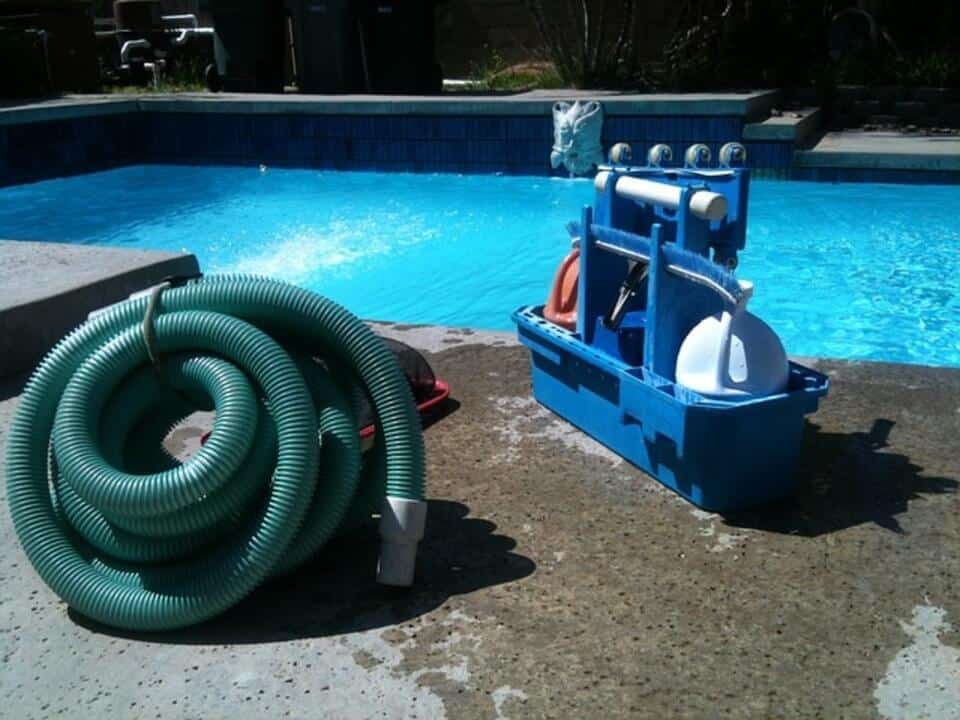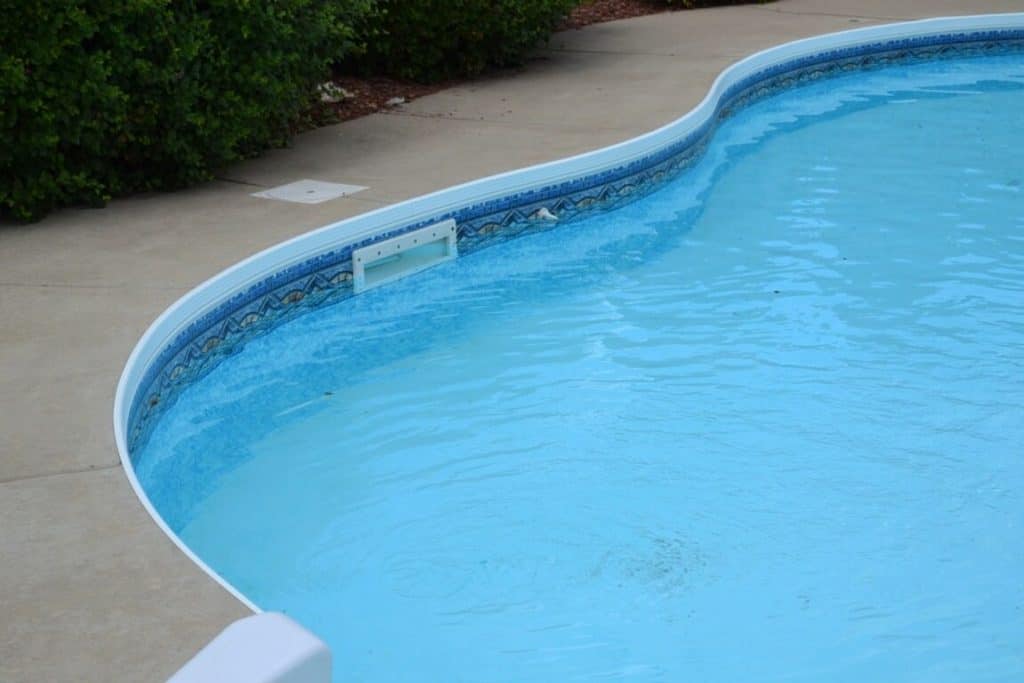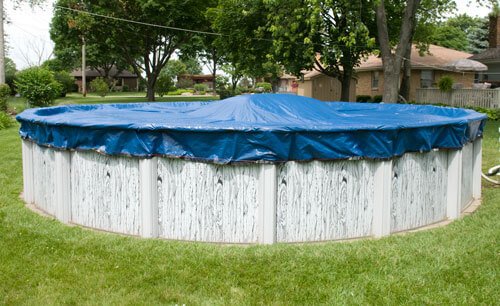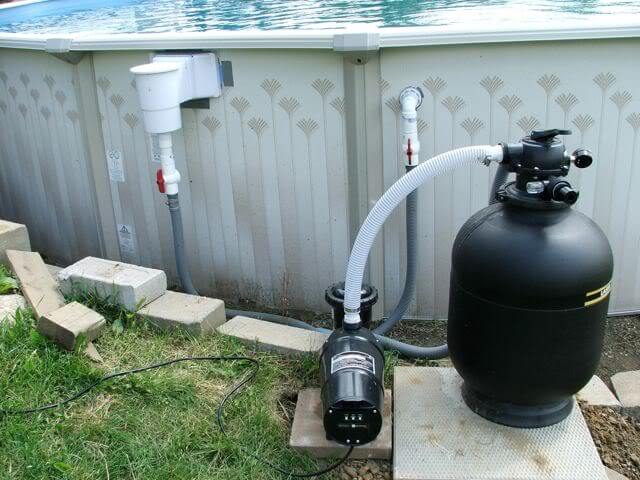How To Winterize Pool
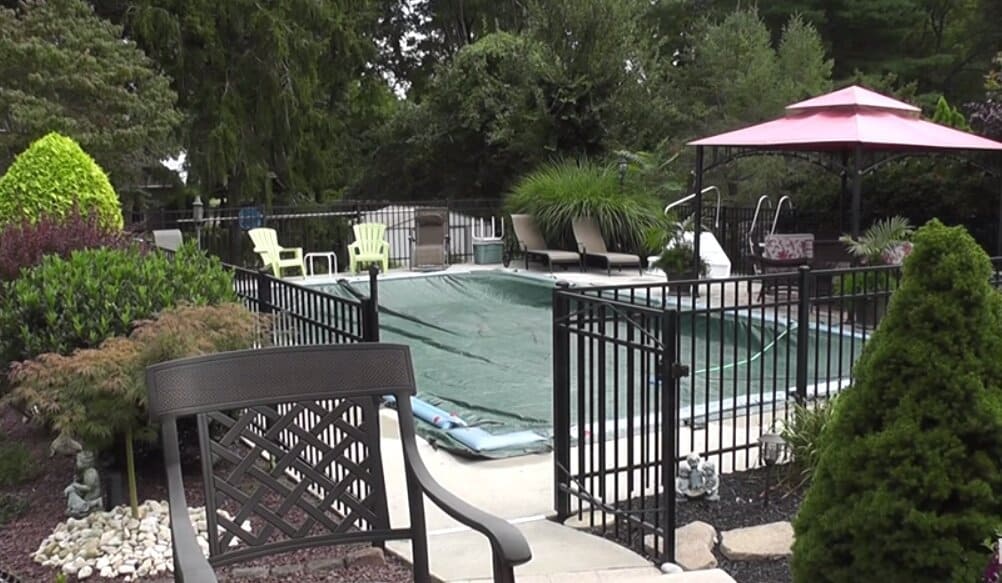
During the summer season, people are overcrowding public swimming pools. In this case, owning a private swimming pool means you have used it often in summer. When the season ends, you should never leave it open.
Welcoming winter, it has to be covered, or winterized. Winterize is a term used to describe preparation made on the house, automobile, or swimming pool for winter use.
Winter season lasts for approximately three months before the spring season, where you can finally reopen the pool.
During winter, the cold temperature will harm the pool. For example, it is going to invite particles of dirt or remnants of leaves, twigs, and anything that will be swept by the intense winter wind.
The winter wind will cause significant damage to a left-stranded pool since it will freeze the pipes. Such incidence can cause you to pay more for electrical services.
That is why, by following these six easy steps to winterize the above-ground swimming pool, you will save more energy, time, and money reopening the pool later in spring.
6 Easy-to-follow Steps to Winterize Above Ground Pool (With Pictures)
1. Taking Off Some Parts
Before draining, some parts need to be taken off of the pool.
First, screw off the step ladder by the pool. Leaving them out in winter wind will make them rusty. Second, take off the filtration system.
Then, take off the pipes. Before securing them in a safer place during winter, you need to wash them thoroughly.
After that, dry the tools entirely before storing them at a suitable temperature.
2. Adjust The Water pH., Total Alkalinity, & Calcium Hardness Levels
Each pool has a different level of those needed substance. Either you must increase or decrease the level, these are the required level of each substance,
- The Calcium hardness has to reach 180-220 level
- The pH level has to reach 7.2-7.4
- The Alkalinity has to reach 80-120 ppm level
You must measure the level precisely to be able to prevent algae growth. Besides, covering the pool neatly will help the substances work better and maintain the hygiene of the pool.
3. Clean Up The Pool
After dissolving the substances into the pool, before covering up the pool, you need to clean up the pool from some debris.
Big particles like dry or fallen leaves have to be removed from the surface because they carry organic particles. Moreover, the smallest tiny algae also need to be removed.
4. Reducing The Water Level
After cleaning up the debris, the water level has to be reduced up to under the line of the filtration system (skimmer).
Here, you need to make sure that later in winter, there will be no water splash froze in the skimmer’s mouth.
5. Cover The Pool Tightly
Winter wind can be crazy. It can be so extreme that the cover will be blown out. To prevent such problems, use cover clips to secure it to the sides tightly.
Then, inspect the cover in case it has holes. If you find holes on the cover, use patches to avoid rain or snowmelt.
To better the winterizing process, the use of an air pillow is highly recommended. It will help you to centralize the cover, keeping out the rain out of the pool.
Ice can be too thick as well in winter. The air pillow will act as an ice equalizer to prevent it from forming too sturdy.
6. Remove the Pump and Filter system
All is done, and the last thing that you need to do is taking out the pump and filter system.
Before storing them safely inside the house, take off the components and hose carefully and place them somewhere dry to dry them out perfectly overnight.
Later, after they have dried completely, put them back together and store them nicely for the season.
Read More:
Before we talk about anything else, we would like to invite you to take a stroll on why we should winterizing the pool.
4 Reasons Why You Should Winterize Your Pool
Winter season and its extreme cold air could freeze your widely-open ground pool. Then, it would cost you a lot to fix the damage caused by freezing.
To avoid such incidents and to prepare the above ground pool for spring, you need to understand the importance of it first.
Here are four reasons for winterizing above ground pool that you need to see.
1. Keeping The Water Clean Means Saving The Pool
Some people think that draining out the water for winter is a great idea to prevent the water from freezing the pipes and the other tools. But keeping clean water inside the pool is a better idea.
But, before winterizing the water and closing the above ground pool, there are some chemicals that you need to dissolve into the water, such as algaecide, chlorine shock, and stain avoidance.
Algaecide is used for preventing pool algae–either from blooming or growing.
Then, the chlorine shock is used for helping the algaecide destroying algae growth as well as restoring water clarity.
Next, stain avoidance is applied to remove stains.
Those chemicals will help you secure the swimming pool throughout winter. In simple, they stabilize the water, so the water will be in the same condition before it is closed and after it is reopened later in spring.
2. Should You Drain-All?
No, you should not. The most important part of the pool is the pipes system. Once the system is frozen and damaged, you need quite a handful of a fix.
To prevent it, you need to drain the pool below the pool’s filtration system (skimmer).
But, the most recent pool usually has a detachable filtration and pump. With a removable system, the pool winterizing process becomes more manageable.
It is easier because you only need to take the pump and the skimmer out.
To perfect the winterizing process, utilize an air pillow under the winter cover. It is placed in the middle of the pool, and it helps to center the pressure of rain, snow, and ice.
Once the pressure is accumulated, the ice will move toward the pillow.
Then, if you still choose to drain a lot of water from the pool, you are suggested to use a tight, close-fit cover to prevent tension on the cover that’ll create rips and damage.
The bottom line, it has to be neat and tidy.
3. A Swimming Pool Requires High Maintenance
Owning a swimming pool is a plus, especially for summer or a pool party. But, it is a totally different scenario when it comes to maintenance.
If you’re not aware of what the do’s and don’ts, taking care of a swimming pool is not only a handful of work, but it is also a handful of money.
To secure your financial investment, and to make sure that the investment doesn’t fail you, you need to know exactly how to drain the pipes properly.
It will prevent you from damages that cost more money, and it will give you the benefit of minimum time in reopening the pool for next season.
It is suggested that you put some extra effort into winterizing the pool and enjoy the ease later.
4. Some Particular Pools Can be Stored for The Winter
An above swimming pool may require draining, including some chemical substances in the winterizing process and covering neatly.
Yet, pools with a smaller size can be stored nicely for the winter after draining.
This is due to their parts can be pulled off. Other than simpler, this type of pool is also more economical than an in-ground pool.
To avoid unwanted circumstances while taking the pool apart, read the instructions first.
Winterizing Pool Tutorial
We also provide a short tutorial video to help you understanding the winterizing pool steps. Hope this can be useful for you.
